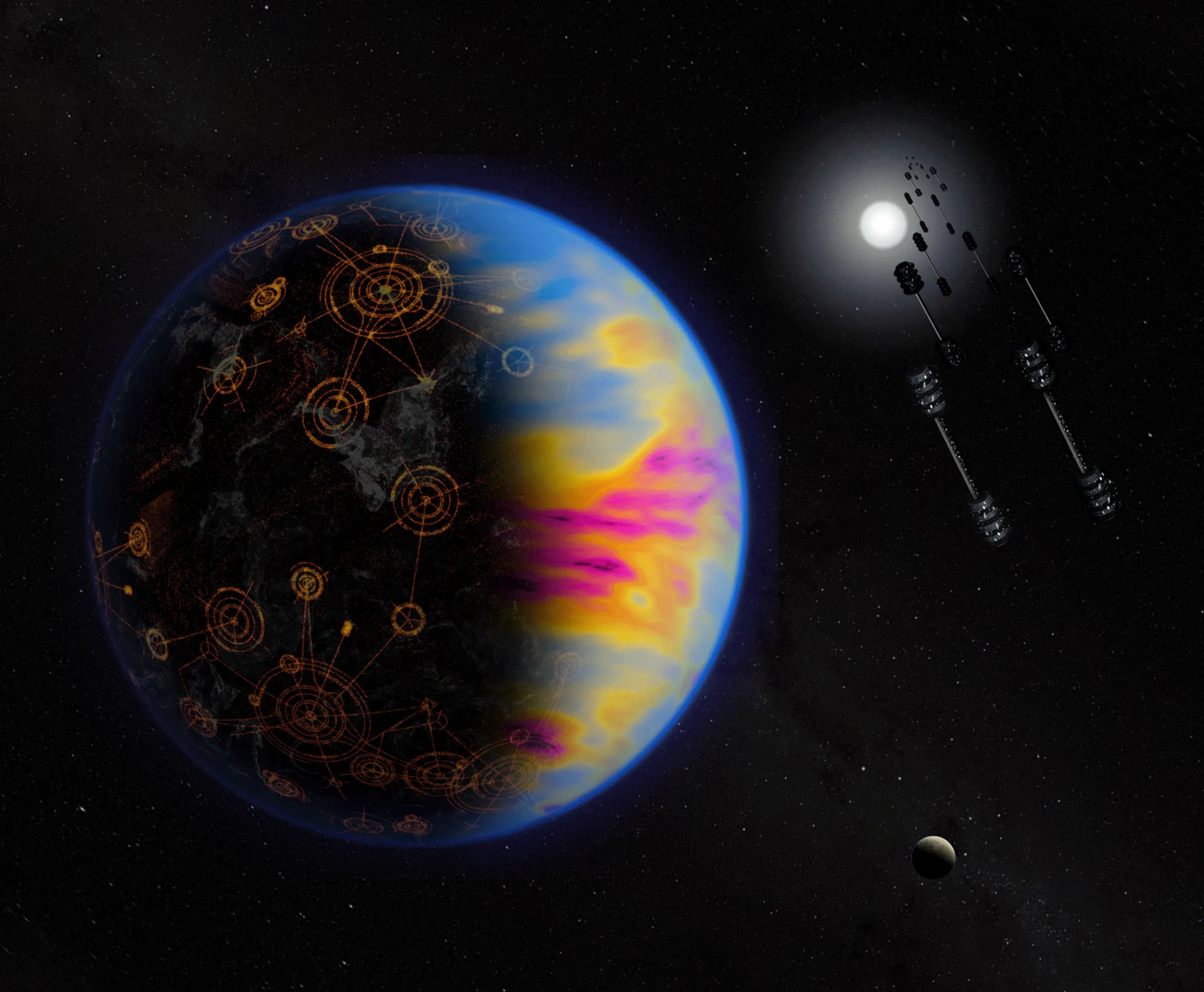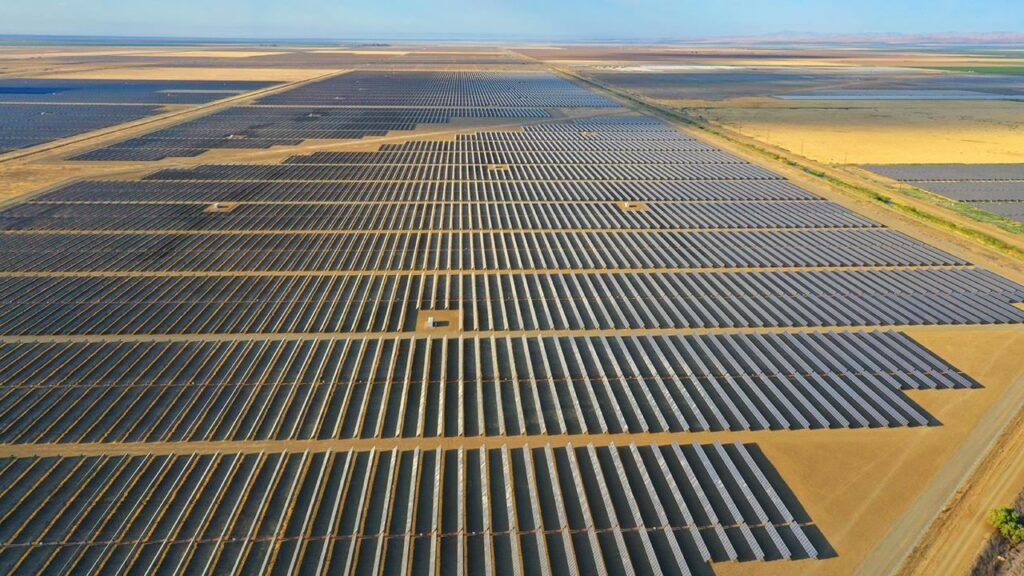Scientists from NASA have published the results of a study on the possibility of detecting arrays of solar panels created by an advanced extraterrestrial civilization. The researchers concluded that this could prove to be quite a challenge.
Fermi paradox and technosignatures
In the mid-20th century, physicist Enrico Fermi asked the following question: if our galaxy is ancient and vast, and interstellar travel is difficult but possible, why has alien civilization not yet spread throughout the Milky Way? This contradiction later became known as the Fermi paradox.

For several generations already, astronomers have been trying to solve the Fermi paradox by searching for alien civilizations. One of the most promising methods is considered to be the detection of technosignatures — signs indicating the presence of advanced technology in another star system. These could be chemical “fingerprints” in the atmospheres of exoplanets or specific characteristics of the light reflected from them that could indicate the presence of huge silicon solar arrays.
Is it possible to find alien solar panels
A team of researchers from NASA wondered whether it would be possible, with existing technology, to find a civilization using large arrays of solar panels to supply its energy needs. To do this, they created a model, located at a distance of 30 light years from Earth exoplanet, with different levels of coverage of silicon solar panels. They then modeled an advanced telescope like NASA’s projected HabEx observatory, which could be launched in the second half of the next decade.

In their work, the scientists assumed that the aliens would build solar panels out of silicon because it is relatively common compared to other elements used in solar power such as germanium, gallium or arsenic. Silicon is also good at converting light emitted from sun-like stars, and it is inexpensive to mine and produce.
The study found that it would take several hundred hours of observation to detect signs of solar arrays covering about 23% of the land area of the Earth-like exoplanet. For comparison, a full energy supply for 30 billion people with a high standard of living would only require 8.9% coverage of the earth’s landmass with solar panels.
In addition, the researchers assumed that a hypothetical extraterrestrial civilization would rely solely on solar energy. However, if other energy sources, such as nuclear fusion, are used, this will greatly reduce the technosignature of silicon, making civilization even more difficult to detect.
Another important assumption of the study that is worth pointing out is that at some point, the population of a civilization stabilizes. If that doesn’t happen for some reason, perhaps civilization will be forced to expand out into space — and then it may need a lot more energy. But in all other cases, detecting alien solar panels is quite a challenge, and researchers should concentrate on finding other technosignatures.
Earlier we told you about possible explanations for the Fermi paradox.
According to NASA


